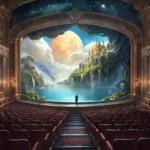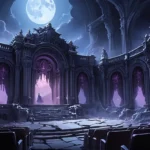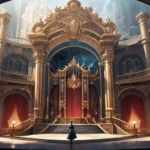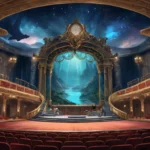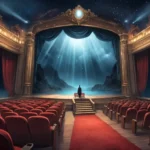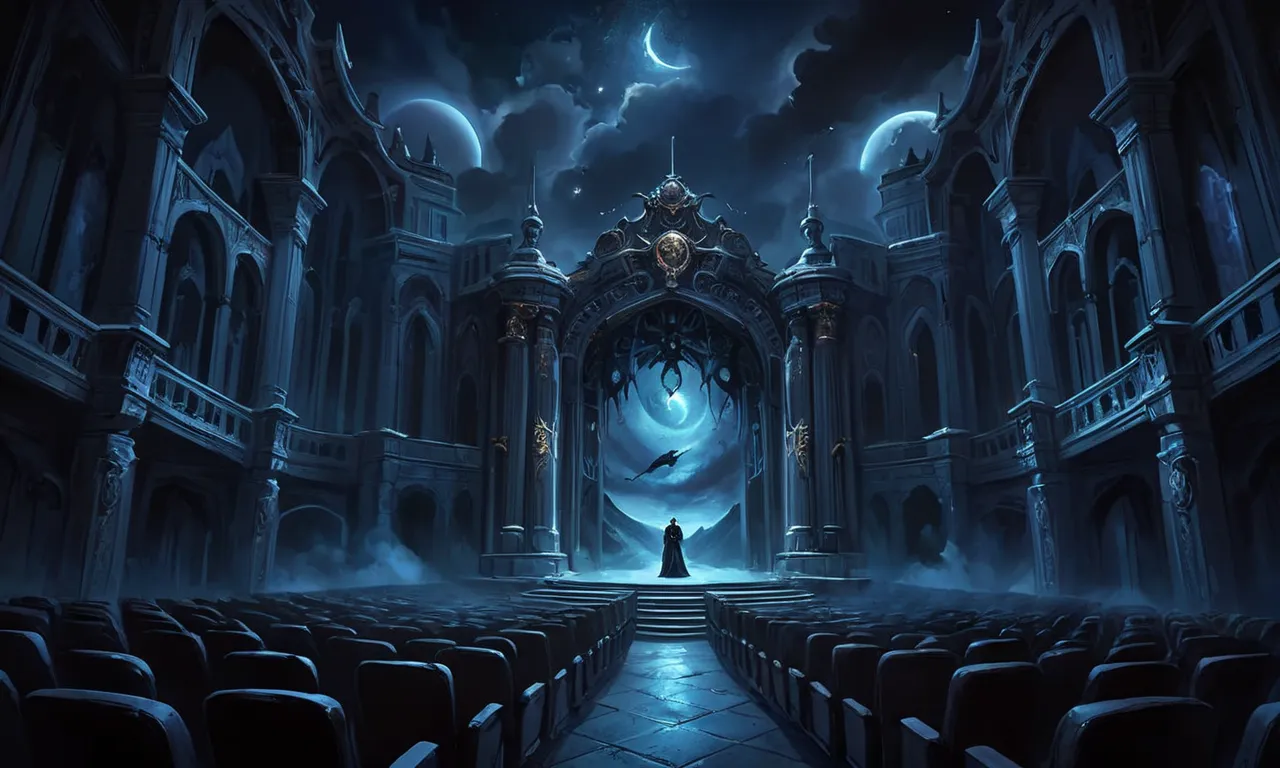
Introduction
Theater has always been a powerful medium for storytelling and evoking emotions. One such play that captures the imagination of audiences is “The Dark Eternal Night.” This dark, intriguing piece of theater delves into the depths of human psyche and explores themes like fear, despair, and the power of dreams. In this article, we will examine the dream meaning behind this play and discuss its significance in contemporary theater.
Act I: The Setting and Characters
“The Dark Eternal Night” is set in a mysterious world where reality blurs with nightmares. The main character, Alice, finds herself trapped within this surreal landscape. Throughout the play, she encounters various characters who represent different aspects of her own psyche. These include the malevolent King of Shadows, the wise Oracle, and the enigmatic Stranger.
Act II: The Dreamscape
As Alice ventures deeper into this dream world, she begins to uncover the true nature of her fears and desires. The dark themes present in the play are meant to mirror the subconscious mind’s propensity for darkness and fear. As the narrative progresses, it becomes clear that Alice must confront these fears head-on if she hopes to escape the clutches of the King of Shadows.
Act III: The Symbolism
The symbolism used throughout “The Dark Eternal Night” serves to enhance its dreamlike atmosphere. For example, shadows are often used to represent repressed emotions or hidden fears. Similarly, the use of light and darkness highlights the duality of human nature – our capacity for both good and evil. These themes are woven intricately into the fabric of the play, making it a rich and layered work of theater.
Act IV: The Significance of Dreams in Theater
Dreams have always held a special place within the realm of theater. They provide an opportunity for playwrights to explore themes that may be too difficult or taboo to tackle directly. By using dreams as a vehicle for storytelling, artists can delve into the subconscious mind and expose raw emotions in a way that traditional narrative structures cannot replicate.
“The Dark Eternal Night” exemplifies this idea by using Alice’s dream as a conduit for exploring complex themes such as fear, despair, and the human struggle for self-discovery. Through its unique blend of symbolism and narrative structure, the play challenges audiences to confront their own fears and desires while simultaneously offering a thought-provoking commentary on the nature of reality and perception.
Conclusion
“The Dark Eternal Night” is an innovative piece of theater that pushes the boundaries of traditional storytelling. By exploring the depths of human emotion through dreams, it forces us to confront our own fears and desires while offering a fresh perspective on the world around us. As we continue to grapple with its symbolism and themes, this play will undoubtedly remain a timeless classic in the annals of theater history.



